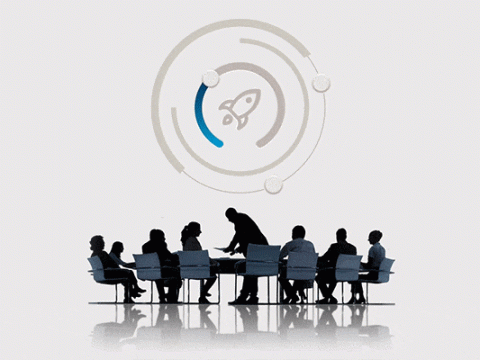Application Platform

What is it?
What are its differences with Application Platform As a Service?
A framework of services that application programs depend on for standard operations is called an Application Platform.
There are five principal areas in which an application platform operates:
- Development tools
- Execution services
- Data services
- Operating systems (OSes)
- Cloud services
What is Application Platform as a Service (aPaaS)?
An application platform as a service directs to a cloud environment for designing, building, deploying, and executing custom business applications. In more straightforward terms, it’s a single platform that enables pace, cooperation, and control across the entire application lifecycle.
Development tools:
There are several types of development tools, each serves the specific needs of developers. For instance, Appian offers low-code development integrated with solid process management. Microsoft PowerApps shares similar features and ties significant services, such as Office 365, SQL Server, Dropbox.
Different application platforms such as Mendix and OutSystems deliver enterprise-class end-to-end software development and testing with visual application creation and complete user interfaces.
Execution services:
Everyday application functions entirely rely on Execution services. These services are usually related to application deployment options, like cloud providers (including Microsoft Azure), hosting virtual machines (VMs), or containers. Developers can package and execute complete application components in images because of increasingly crucial containers. Application platform software controllers allow faster-paced development cycles, such as Agile and DevOps. We can classify tools such as Powershell as an execution service that supply administrators with the instruments to configure and manage underlying systems.
Data services:
Data services assist applications in processing and storing information. Data services work besides execution services and interpret information with data equipped by development tools or the cloud. A good example is Microsoft’s Storage Spaces.
In addition, Microsoft PowerApps can work with Microsoft’s Common Data Service to provide a common platform for enterprise data models.
Operating systems:
An OS, like Windows 10, Linux, and Android, provides the different resources to run applications, such as memory management, file systems, user interface (to launch and manage applications), multitasking support, and the ability to interact with the underlying hardware.
Cloud computing services:
Cloud services deliver remotely accessed functions. Applications can deploy to cloud examples such as VMs and containers, while the cloud also suggests many advantages to support application functions. A sample of cloud storage that stores and processes photos, videos, applications, and other documents for users is Apple’s iCloud Drive. Another example can be Microsoft’s OneDrive, cloud storage as a service.
Now, cloud services are a trend for application platforms, mobile enterprise application platforms, and platforms as a service owing to increases in mobile users. Therefore, Developers can create applications on multiple devices with the exact same functions and data in the cloud.

Not all of these assets or administrations are required for each application, and not each application strategies give all five assets. More intricate applications require more comprehensive and feature-rich platforms for development than more uncomplicated apps. Thus, it can be concluded that a developer might deploy multiple application platforms to support a complex application. Depending on hardware configuration and features, an application’s required services can vary.
For instance, some users rely on Windows 10 to open an application via their PC, with an MS SQL server and a browser for performance and data services. The same application opened through Microsoft Azure may use Windows as an OS and .NET and Azure SQL for the mentioned tasks.
Examples of application platforms
Mobile enterprise application platforms (MEAP) considerably shorten the required time for port code to new media. Standard MEAP features decline the amount of code written to manage multiple clients while supporting various applications. MEAPs are the best choice for developers who need fast-paced development with an intuitive interface. IBM Worklight, Sencha, and Appcelerator are the best examples MEAPs.
Platform as a service (PaaS) is a cloud-based service that delivers an application platform and the qualities needed for developers to create, deploy and host applications. A PaaS is primarily “software development as a service.” Developers abandon the choice of underlying infrastructure and administration like system provisioning and configuration to a cloud provider and focus exclusively on the software development project.
Organizations also shed the fund’s expenditures associated with development services and effectively rent the PaaS access. Some PaaS examples are AWS Elastic Beanstalk, Acquia Cloud, and T-Systems’ AppAgile.
- S. Gillis, A. (NaN, undefined NaN). Definition application platform . Retrieved from https://searchsoftwarequality.techtarget.com/definition/Application-platform



